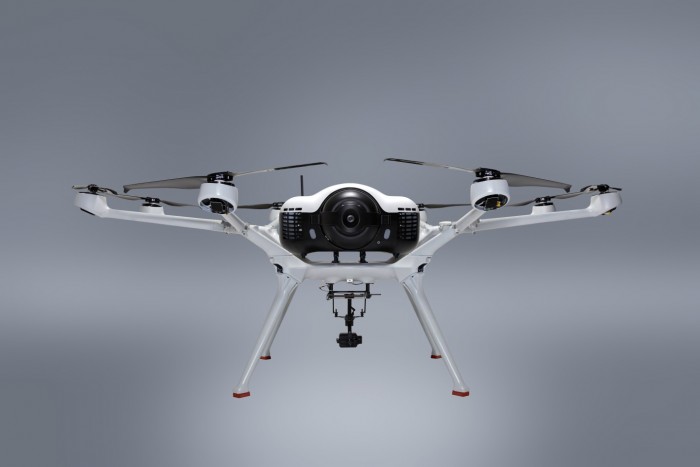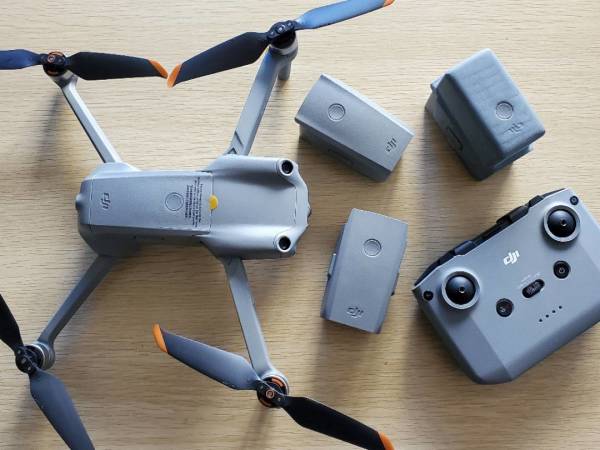In the ever-evolving landscape of modern warfare, technological advancements are continuously redefining strategies and tactics on the battlefield. One such innovation that has garnered significant attention is the deployment of switchblade drones. These unmanned aerial vehicles, characterized by their compact size and precision targeting capabilities, are reshaping military operations and enhancing the effectiveness of tactical strikes.
Understanding Switchblade Drones
The term “switchblade drones” refers to a class of loitering munitions specifically designed for engaging targets with minimal collateral damage. Unlike traditional drones, switchblade drones are equipped with a unique folding wing mechanism that allows for easy transportation and swift deployment. These drones are engineered for precision strikes, capable of autonomously navigating to specified coordinates using integrated GPS systems. This feature grants them an unparalleled ability to infiltrate enemy defenses and deliver explosive payloads with pinpoint accuracy.
Advantages of Utilizing Switchblade Drones
- Operational Flexibility: Their compact size and portability allow switchblade drones to be easily carried by individual troops, enabling rapid response and adaptability across varied terrains.
- Stealth and Surprise: The unobtrusive design of these drones facilitates covert operations, often catching enemy forces unprepared as they emerge seemingly out of nowhere.
- Precision Targeting: With advanced targeting systems, switchblade drones can hone in on specific targets, reducing the potential for civilian casualties and ensuring successful mission outcomes.
Real-World Applications
Switchblade drones have been employed in numerous combat scenarios, often proving instrumental in executing complex military maneuvers. For instance, in urban environments where precision is crucial, these drones can effectively neutralize threats while minimizing harm to civilian infrastructure. Furthermore, switchblade drones lend themselves to surveillance tasks, gathering intelligence from vantage points unreachable by ground forces. This multifaceted capability makes them a formidable asset in modern arsenals.
Challenges and Considerations
Despite their advantages, the integration of switchblade drones into military strategies does present challenges. Ethical considerations regarding autonomous weapons systems must be addressed, as the capability to make pre-programmed decisions raises questions about accountability and oversight in combat scenarios. Additionally, adversaries are continuously developing countermeasures, necessitating ongoing improvements to drone technology in order to maintain battlefield supremacy.

Future Prospects
The future of switchblade drones in warfare seems promising, with advancements likely to enhance their operational capabilities further. Innovations may lead to improved autonomy, enabling more complex missions without direct human intervention. As technologies evolve, the role of switchblade drones will likely expand, addressing the increasing demands of modern conflict environments.
Frequently Asked Questions
Q: How do switchblade drones differ from traditional drones?
Switchblade drones are specifically designed for precision targeting with a folding wing mechanism, unlike traditional drones which may focus more on reconnaissance and surveillance.

Q: Are there legal concerns regarding the use of switchblade drones?
The use of autonomous weapons like switchblade drones raises ethical and legal questions, particularly concerning accountability and civilian safety during military operations.
Q: How are switchblade drones controlled during missions?
These drones use integrated GPS systems for navigation and can be programmed for autonomous operations, although human oversight is typically maintained for strategic decisions.